It can be rather primal to have a quiet space outdoors to have coffee, read or just finish off office work in the peace and quiet of your garden. Here are some ideas that will help you plan your new garden room and avoid the climate spoiling your plans to enjoy your alone time.
Planning permission – In most states, you will not need planning permission to built something that is less than 4 meters high. However, it is best to consult your local planning officer before you decide on your space.
Insulation – You should consider getting insulation on your floors, walls, and roof, as it will ensure that you are more comfortable.
Power- You will need a pre-wired garden room with a few sockets and lighting. Most often you will receive designs from suppliers who will offer an option of exterior lighting, audio-visual cabling, and data cables. However, check with your supplier if they will connect your garden room to your main supply. Often prices will depend on the distance the garden room is to your main home. You should make sure that your electrical work complies with current building regulations.
Heating – It is nice to have the option of heating for colder days and cooling on hotter days. Therefore, look for air-conditioning units that offer both options.
Plumbing – Adding a loo, shower or kitchenette will depend on how far your garden room is your main home and how much time you intend to spend in it. Adding these options will also give you the advantage of being able to offer this space to guests or for travelers on rent.
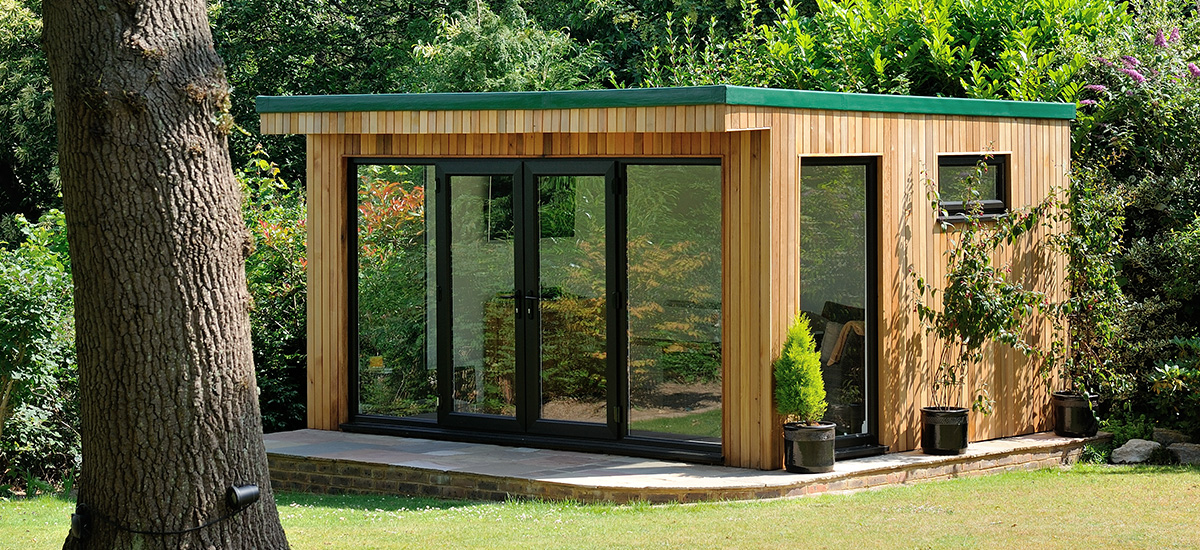
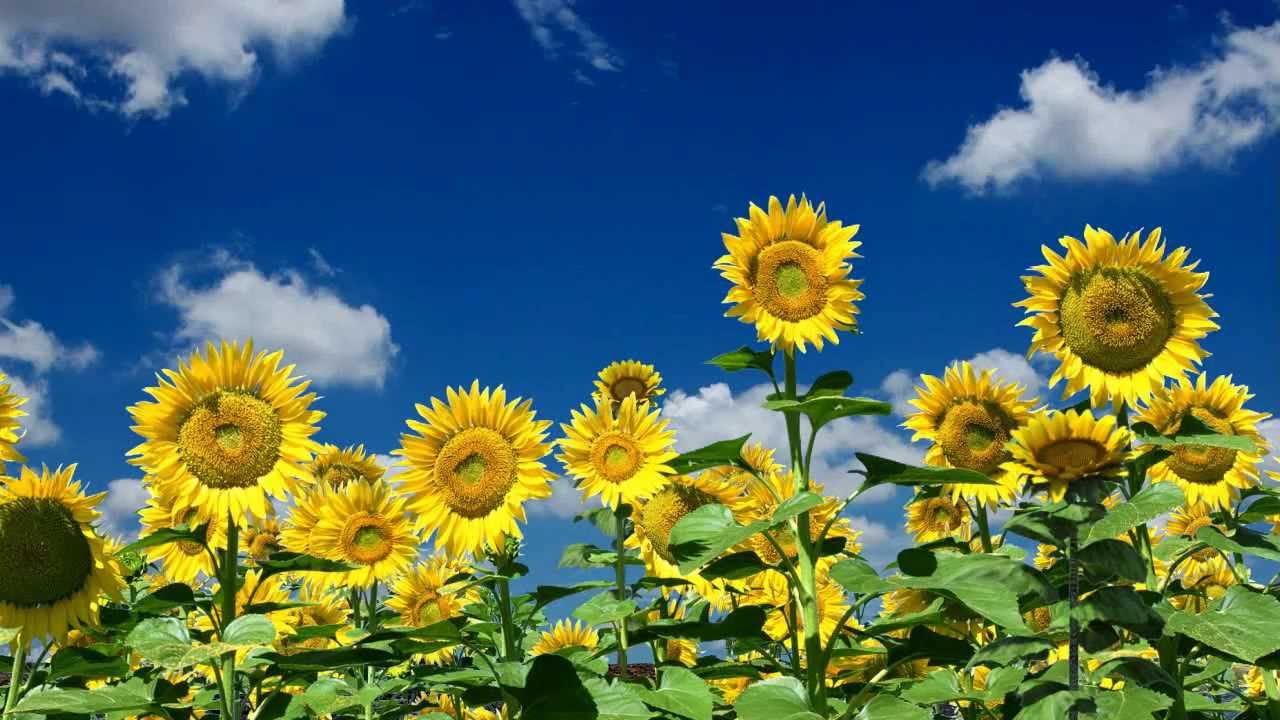

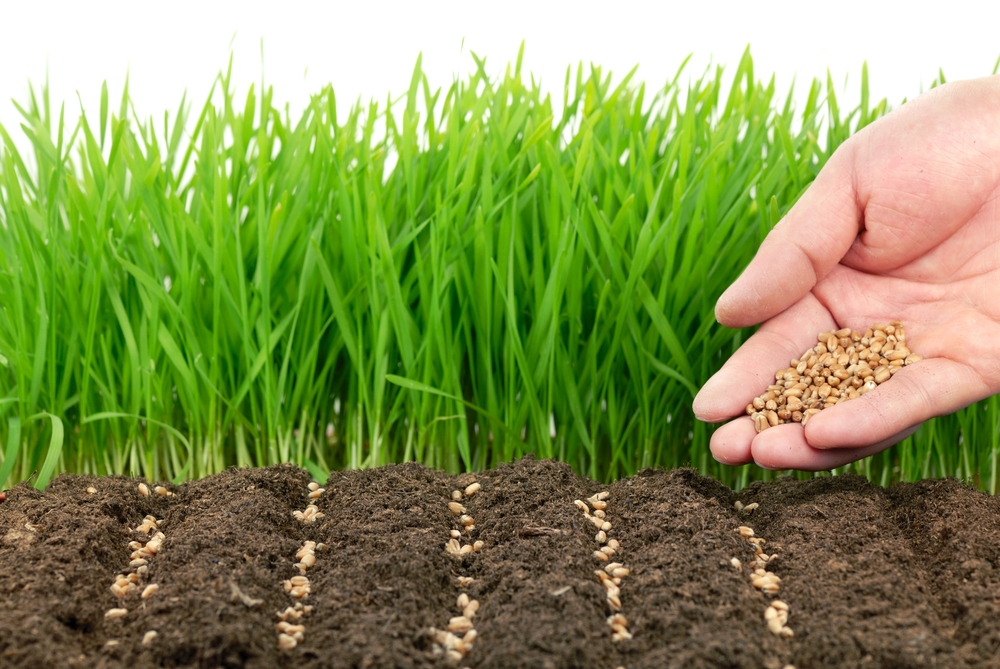



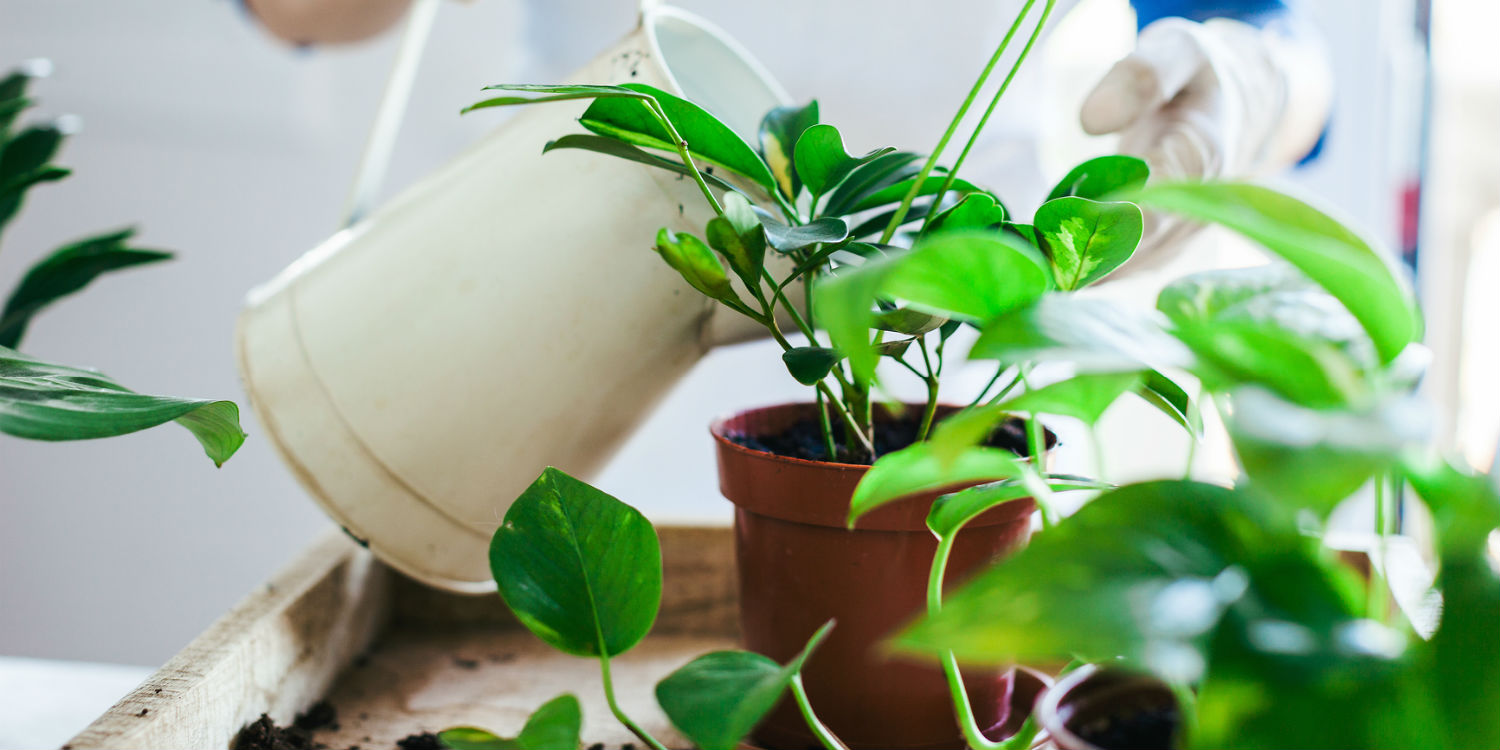
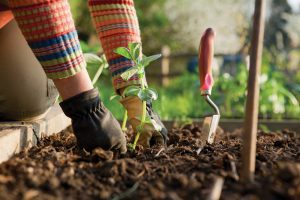 If you are new to gardening but still want a garden space that makes a statement, here are a few tips that will help you create your dream garden.
If you are new to gardening but still want a garden space that makes a statement, here are a few tips that will help you create your dream garden.